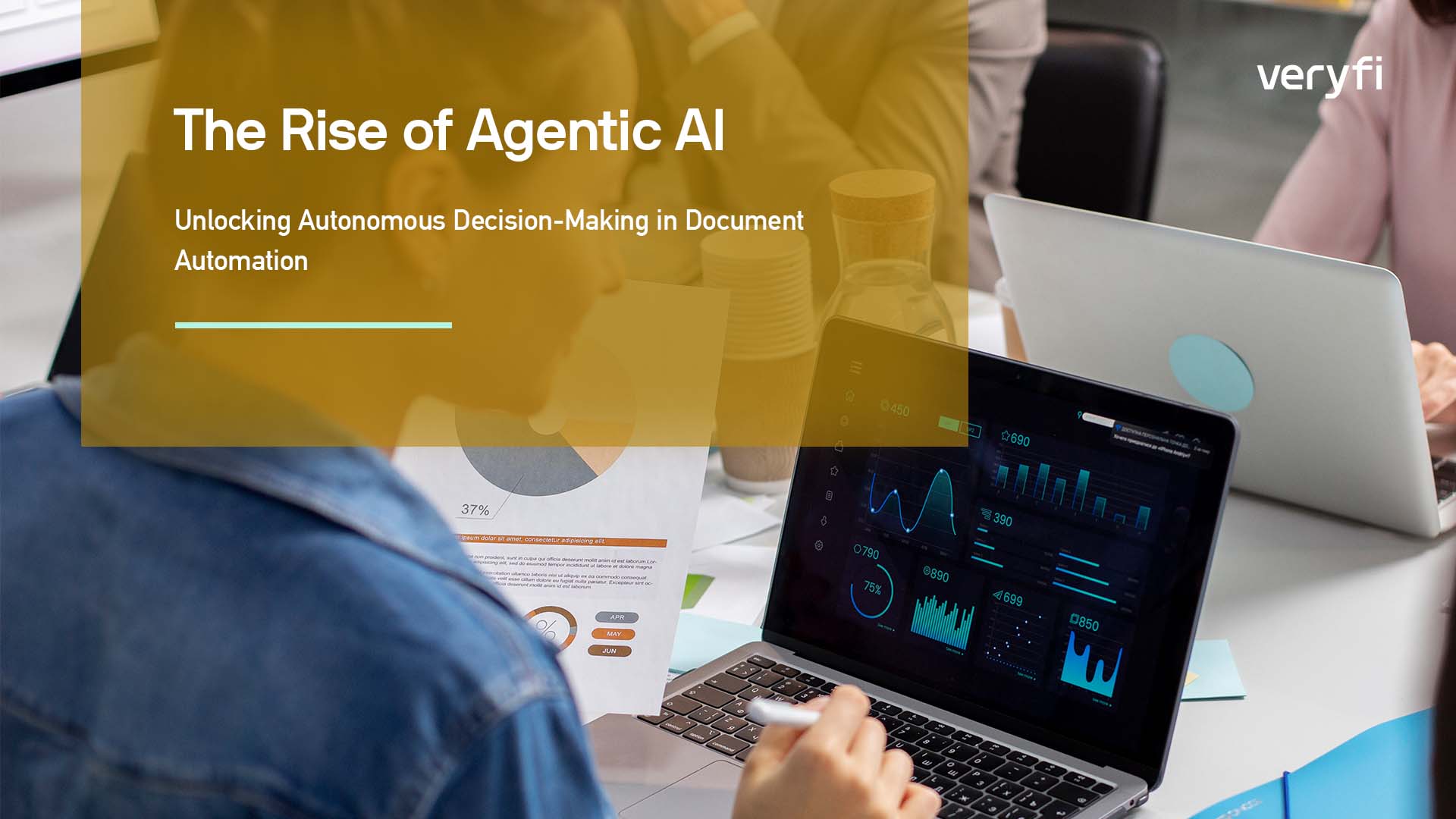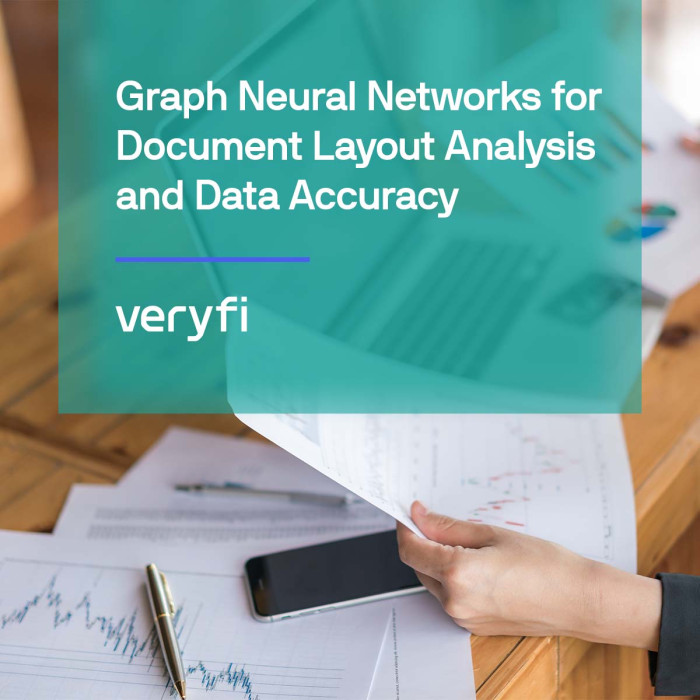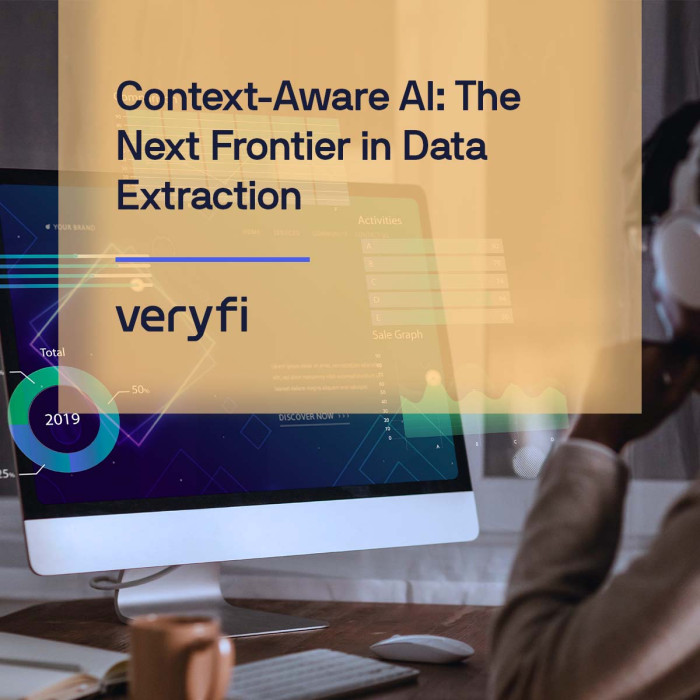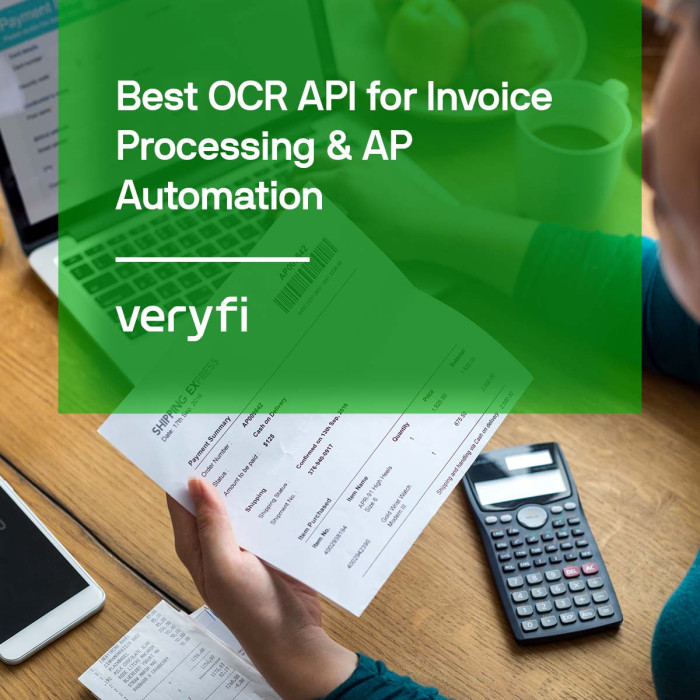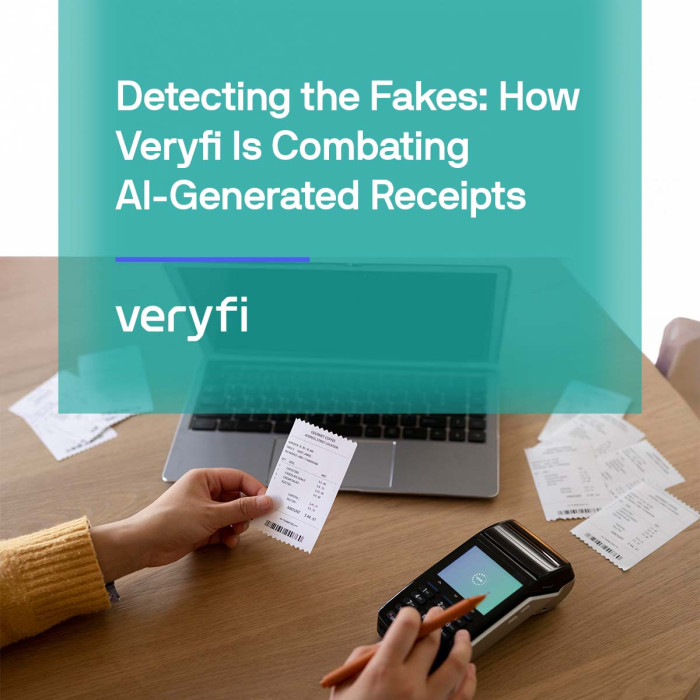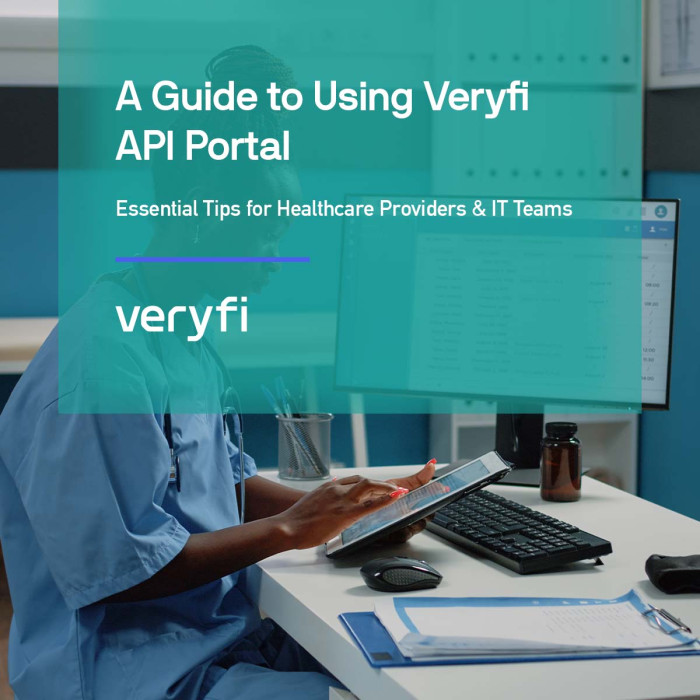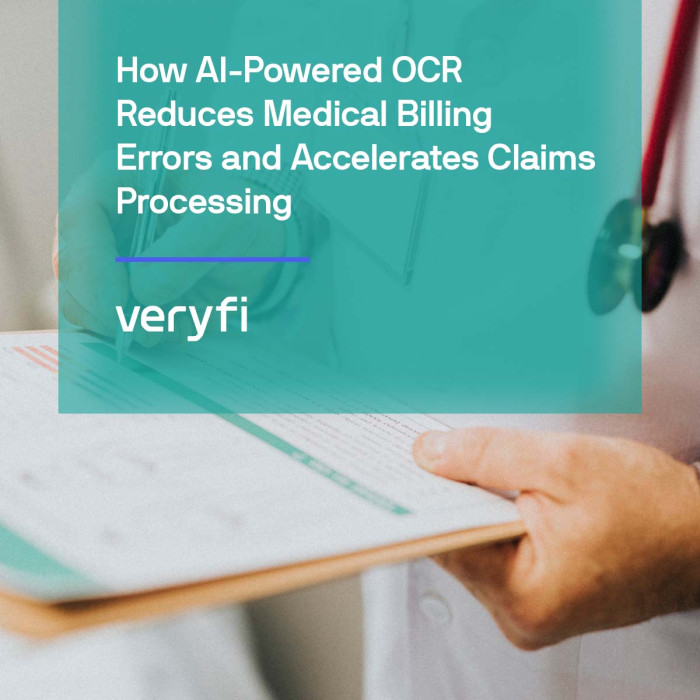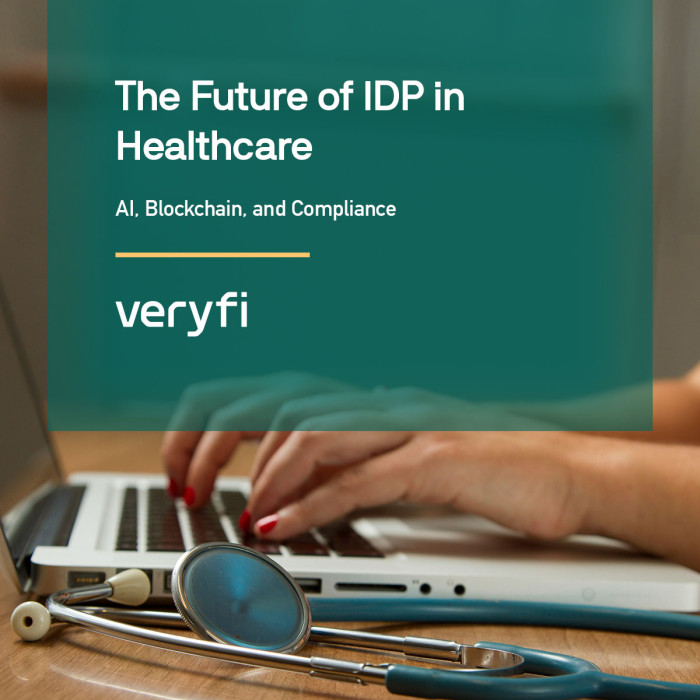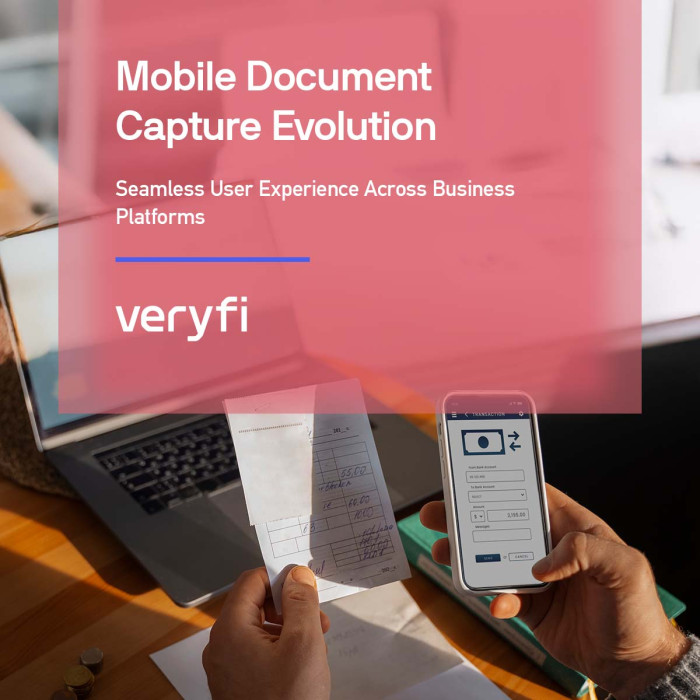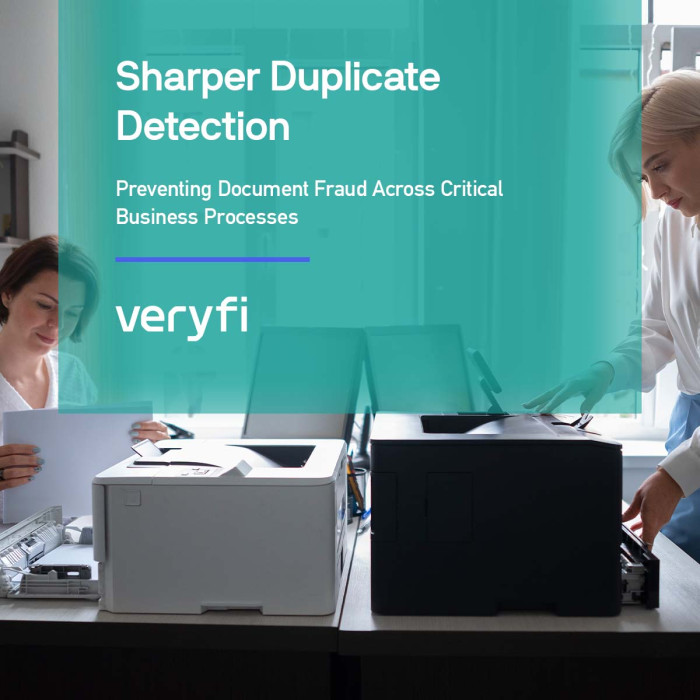As organizations strive to eliminate inefficiencies, traditional automation tools—RPA bots, rule-based systems, and static workflows—are reaching their limits. We’re entering the Agentic AI era, a new class of intelligent systems designed to act independently, adapt in real time, and make decisions without being told what to do.
This shift marks a major leap in automation. Especially in areas like document processing, finance operations, and compliance workflows, Agentic AI is unlocking new levels of speed, accuracy, and intelligence.
In this article, we’ll explore:
- What Agentic AI is
- Why it’s emerging now
- How it will reshape intelligent document processing (IDP)
- Four core patterns that define Agentic AI
What Is Agentic AI?
Agentic AI efers to systems that have agency—the ability to pursue goals independently, often in uncertain or evolving environments.Unlike traditional AI, which depends on predefined rules or tasks, Agentic AI can:
- Set goals
- Plan steps to achieve them
- Choose the right tools
- Evaluate outcomes
- Collaborate with other agents
In short: they don’t just respond. They take initiative. This makes them perfect for complex, multi-step business workflows. In document-heavy industries like finance, construction, and healthcare, Agentic AI can:
- Do it all—without human input
- Extract and validate data
- Launch workflows
- Trigger notifications
Why is Agentic AI Emerging Now?
While the foundations of agent-based systems have been around for years, recent advances in LLMs (Large Language Models), tool integration frameworks, and decision-based learning have brought Agentic AI into practical use. The business world is ready, too:
- Manual processes still dominate 45% of enterprise workflows, especially in accounts payable, loan processing, and claims management.
- Document automation tools like Veryfi’s OCR API are being combined with agentic models to create intelligent pipelines—from receipt capture to ERP entry.
- Agentic systems can operate 24/7, reduce human errors, and learn from feedback—making them cost-effective and scalable for mid-market to enterprise operations.
The leap from automation to autonomy means businesses no longer need to hand-hold every system. Agentic AI brings:
- Lower operational costs by reducing manual intervention
- Faster decision-making with self-correcting workflows
- Increased compliance and auditability through intelligent tracking
- Scalability to handle multi-format documents across languages, currencies, and jurisdictions
And as platforms like Veryfi continue to evolve, Agentic AI becomes the orchestration layer that connects intelligent document processing to the broader enterprise ecosystem—ERPs, CRMs, and AI-powered analytics.
Four Core Design Patterns of Agentic AI
To understand the potential of Agentic AI, we need to explore its four architectural pillars:
1. Reflection
Reflection allows an agent to evaluate its own performance and refine its strategy. This is especially powerful for long-running workflows like invoice matching, fraud detection, or multi-stage document validation.
In IDP use cases: An agent can reflect on misclassifications in invoice fields (e.g., incorrect vendor name), retrain itself on corrected data, and reduce future errors without explicit reprogramming.
2. Tool Use
Agentic systems can invoke external tools—like OCR engines, APIs, or third-party apps—on demand. This is where integration with platforms like Veryfi becomes powerful.
Example: An agent reviewing an expense report can call Veryfi’s Receipts OCR API to extract line items, apply business rules to categorize them, and then trigger alerts if they violate policy thresholds.
3. Planning
Planning introduces foresight. Rather than responding reactively, agentic systems map out a sequence of tasks to reach a goal. This enables complex document workflows such as:
- Parsing a multi-document loan application
- Cross-checking information across tax returns, bank statements, and W-2s
- Scheduling follow-up actions based on missing data
Use case: In construction AP automation, an agent could ingest a supplier invoice, extract line items, compare them to a purchase order and delivery confirmation, and then schedule payment approval steps.
4. Multi-Agent Collaboration
Multiple agents can work together, each specializing in a specific role—like classification, validation, compliance, and exception handling.
In the context of expense management, one agent could handle document ingestion, another could validate tax compliance, and another could enrich the data for ERP ingestion—all operating asynchronously.
The Future of Document Processing with Agentic AI
As Agentic AI matures, it’s redefining what’s possible in intelligent document processing (IDP). Rather than merely extracting data, next-generation AI is evolving into autonomous decision engines—capable of reasoning, adapting, and orchestrating complex workflows with minimal human input.
The convergence of Agentic AI with document automation introduces a paradigm shift in how organizations manage operational data:
- Self-governing document pipelines: Agents can ingest unstructured documents, assess content quality, verify compliance, and route data to the right systems without predefined rules.
- Dynamic policy enforcement: Instead of static validation, agents apply organizational policies in real-time using conditional logic, historical data, and external context (e.g., exchange rates, tax codes).
- Proactive fraud detection: Agentic systems continuously scan for anomalies—like duplicate invoices or manipulated receipts—learning from past exceptions to improve future risk models.
- Closed-loop learning systems: When errors occur or fields are corrected by users, agents reflect on the outcome and retrain themselves, gradually increasing accuracy without re-engineering.
In the coming years, document processing will evolve from automation to cognition. Imagine:
- A finance bot that reconciles bank statements, flags irregularities, and auto-generates reports for your CFO.
A claims processor that extracts data from W-2s, checks insurance eligibility, and emails follow-ups—all without developer input. - A construction workflow where supplier invoices, timesheets, and receipts are parsed, matched, and approved by collaborating agents.
By embracing Agentic AI, businesses will unlock new levels of speed, accuracy, and compliance—while freeing teams to focus on strategy, not paperwork.
Final Thoughts
Agentic AI introduces a new paradigm for how intelligent systems interact with documents—through planning, reflection, and autonomous task execution. While full agency is still a work in progress, platforms like Veryfi are already laying the technical foundation.
With real-time OCR APIs, deterministic business rule engines, and developer-friendly SDKs, Veryfi gives engineers the building blocks to execute smarter, event-driven workflows. As agentic architectures mature, developers will be at the forefront—connecting these APIs, tools, and logic layers to build systems that not only extract data, but reason about it and act accordingly..
Next Step: Explore how Veryfi can help you build autonomous workflows with real-time data extraction. Request a demo or start your free trial today.
